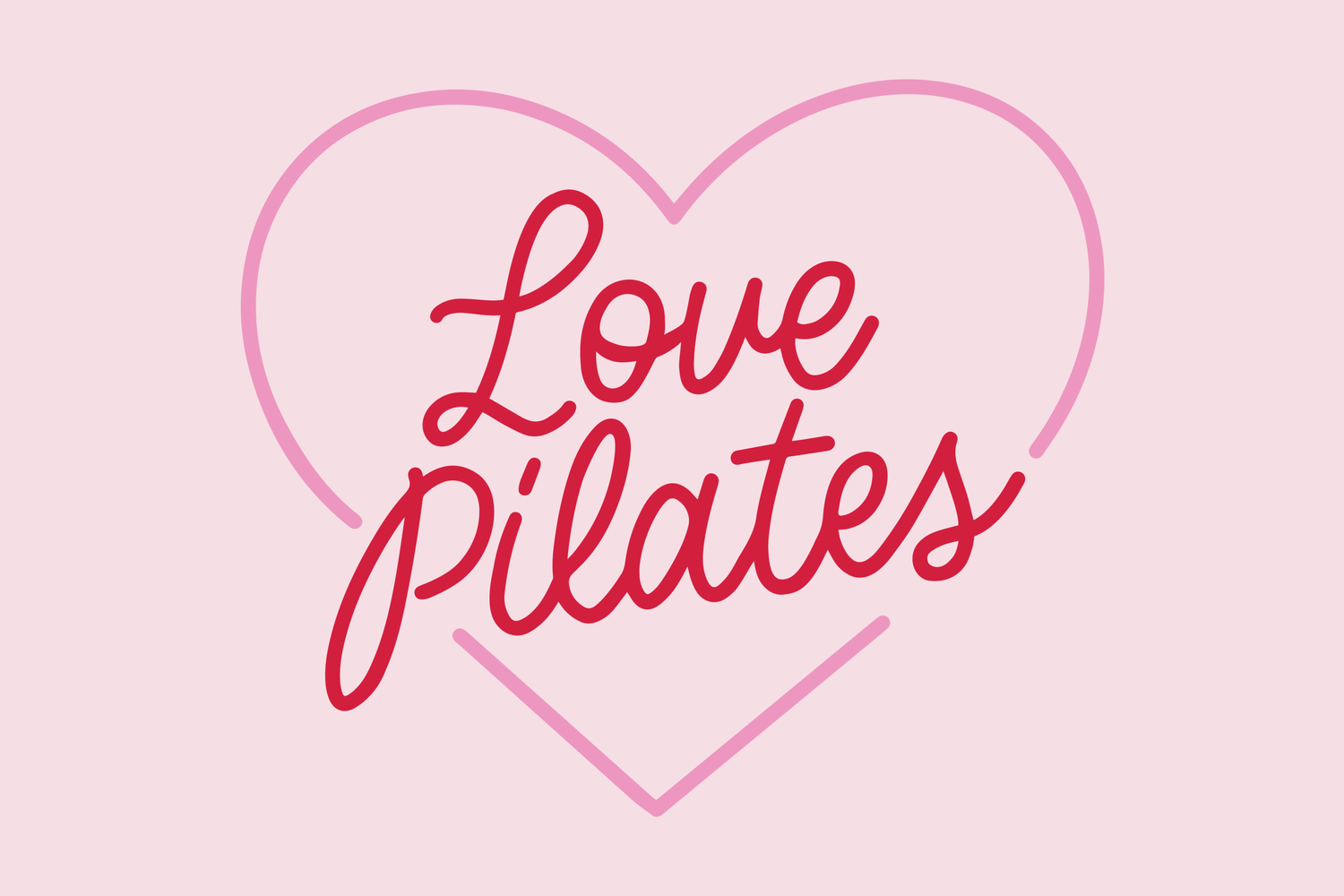Harmonising Yin yoga with Pilates: A relaxing journey to enhanced recovery
In an ever bustling world, where high-intensity exercise often steals the spotlight, there’s a gentle yet profoundly supportive practice that’s quietly gaining ground: Yin yoga. While Pilates offers strength and toning, Yin yoga provides a soothing counterbalance to nurture your body and enhance your recovery. Together, they create a harmonious synergy that can take your health and fitness journey to a whole new level.
Yin yoga: A serenade for your connective tissues
Yin yoga is a slow and juicy practice that focuses on long-held, deep stretches. Unlike its Yang counterparts – like Vinyasa or Ashtanga yoga, Yin encourages you to slow down, sink into poses, and hold them for enough time (typically 3 to 5 minutes) to really target the deeper layers of your body and being (more on the ‘being’ bit soon). It nurtures the body’s deep connective tissues, such as ligaments, tendons, and fascia. This is important because these are the parts of the body that become restricted from repetitive movements, so targeting them allows for greater range of motion and injury prevention, especially as we age.
The long, passive holds of Yin create a gentle, yet transformative, stress on the tissues. It’s like offering a soothing serenade to your body, allowing it to unwind and release deeply held tension (of all varieties!). In this state of relaxation, the parasympathetic nervous system is activated, promoting rest and recovery – which is essential for your mental health – and also perfectly complements the dynamic, muscle-engaging nature of Pilates.
Recovery: The missing link
We often hear about the importance of active recovery in the fitness world. Active recoveryinvolves light or low-intensity activities to aid muscle repair and reduce soreness. While this approach is undoubtedly valuable, and Yin yoga can certainly fit into this category (especially at the beginning of your journey), there’s another facet of recovery that’s often overlooked: passive recovery - and Yin yoga can deeply support this.
Passive recovery focuses on rest, relaxation, and replenishment. After a challenging Pilates practice, your muscles might feel worked and fatigued. This is when they will benefit from a gentle touch, a moment of respite, and an opportunity to regenerate. A practice like Yin and mindfulness (that we offer here at Love Pilates) can help to support both active and passive recovery, by providing gentle movement as well as more passive relaxation.
The Yin-Yang dance of balance
Imagine Pilates as the yang – the active, dynamic, and muscle-strengthening practice that leaves you feeling invigorated. Now, we can’t be all yang – we need to balance it out with some yin. It’s this dance between the active and passive, the yang and yin, that creates balance and harmony in your fitness routine. Yin yoga provides a counterpoint to Pilates, offering your body and mind a chance to restore and rejuvenate.
Top benefits of Yin yoga for Pilates enthusiasts
Enhanced flexibility:
Yin yoga’s long holds gently stretch and lengthen muscles and connective tissues. This increased flexibility can improve your range of motion in Pilates, allowing for better form and deeper engagement of muscles.
Improved joint health:
By nourishing your joints and promoting synovial fluid production, Yin yoga can help alleviate joint stiffness and discomfort, which can be particularly beneficial for the precise movements of Pilates that requires joint mobility.
Stress reduction:
The meditative aspects of Yin yoga encourage mental relaxation. The practice calms the mind, reduces stress, and enhances mental clarity – all of which can contribute to greater focus and performance in Pilates.
Injury prevention:
Yin yoga’s stretches can aid in injury prevention by addressing imbalances in the body and promoting better alignment. Deeper mind-body connection: Yin yoga fosters a profound mind-body connection by encouraging introspection and mindfulness. This heightened awareness can enhance your Pilates practice by allowing you to tune into your body’s cues and adjust accordingly.
Incorporating Yin into your Pilates routine
To integrate Yin yoga into your Pilates routine, consider dedicating one or two sessions per week to Yin. If you’re a student of Love Pilates – we offer Yin classes every week. Or, if you’re stumbling upon this article from afar, you can simply practice at home (with some guidance initially, at least). For a home practice, focus on poses that target areas of your body that tend to feel tight or overworked after Pilates, such as hips, hamstrings, and thelower back.
The harmonious combination of Yin yoga and Pilates is a recipe for holistic, mindful fitness that lasts. While Pilates strengthens and tones, Yin yoga nurtures and restores. Together, they create a symphony of balance, allowing you to embrace the full spectrum of movement, recovery, and wellbeing into your fitness journey. Add a little yin to your yang and watch your body thrive.
